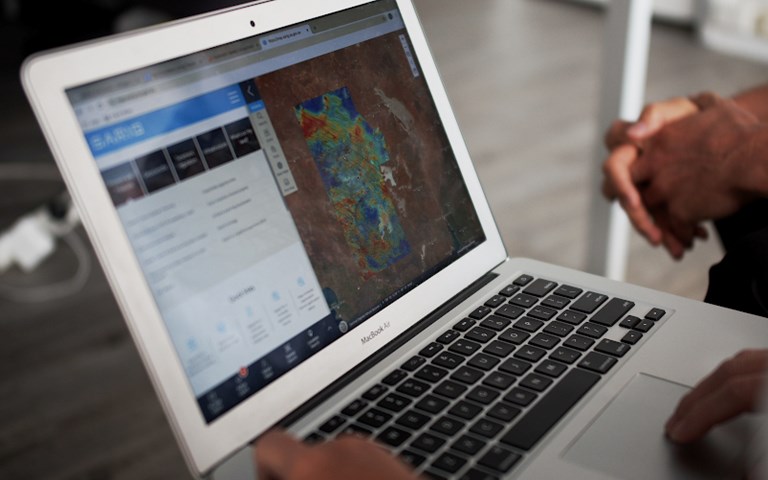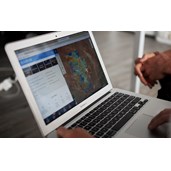The Gawler Challenge encourages geologists and data scientists to find new mineral deposits. Courtesy of Unearthed.
On Mar. 2, the government of South Australia, alongside Unearthed Solutions – a community of startups, developers and data scientists focused on the energy and resources industries – launched the Gawler Challenge at the PDAC convention in Toronto.
The challenge asks participants to take advantage of an open data set provided by the South Australia government for the Gawler Craton region. The Gawler Challenge follows a similar 2019 contest OZ Minerals held with Unearthed called the “Explorer Challenge,” which used the company’s private data to help discover new mineral deposits.
According to Unearthed crowdsourcing lead Holly Bridgwater, the lessons learned from the Explorer Challenge inspired the South Australia government to host the new Gawler Challenge with a public data set this time around.
“I think the South Australia government realized that there is great potential in incentivizing people to use our data in different ways, to come up with new exploration targets or novel ways of using the data,” Bridgwater told CIM Magazine. “I think that the Explorer Challenge put forward awareness of what can be achieved by the government with this kind of approach in terms of incentivizing exploration and helping build businesses in the local jurisdiction as well.”
The Gawler region is home to some large mines, OZ Mineral’s Prominent Hill gold and copper mine as well as BHP’s Olympic Dam copper-uranium-gold-silver mine among them. According to Bridgwater, however, the region is underexplored and the well-known mines in the area have similar mineralization styles. Beyond promoting exploration in the region, the challenge’s focus on data science and analytics allows for companies to think outside the box in terms of the kinds of mineralization they’re targeting.
“People have been focusing on exploring for that kind of mineralization, but there’s also opportunities to find different styles of mineralization in the region that people are not really exploring for,” Bridgwater said. “That’s where the push towards data science analytics comes in, because you’re eliminating that bias and you’re allowing the data to speak for itself and help uncover different types of mineral styles.”
Related: Crowdsourcing as an alternative business model for the mining industry
The challenge is open to all participants, and the results of their work will be published online free for exploration companies to use to help them find new targets.
“We’ll see students, service companies, consultancies, data scientists and geologists from around the world in different jurisdictions. So you see a really big range of companies and individuals who want to team up,” Bridgwater said. “We really are encouraging geologists and data scientists to get together if they don’t already have a team or company they’re with. That kind of multidisciplinary approach seems to work really well in this kind of competition.”
According to Bridgwater, the real goal of the challenge is to evolve the methods used by the exploration industry in the region using data science and machine learning.
“The overall aim is to produce new targets, which will be open to the public over the whole region,” Bridgwater said. “There’s the targets themselves, but also the rationale behind them and how they generated them and why. Because this is a very open data set, it’s going to help upscale the industry fairly broadly, particularly in the data science aspect. You’re not just going to get targets, but you’re also going to understand what additional data you would collect to better define an area or what particular data sets work well for predicting different types of mineral styles.”
There is A$250,000 worth of prizes up for grabs when the competition ends at 11:59 p.m. on July 31. A panel of judges will determine the winners and runners-up of the challenge.




